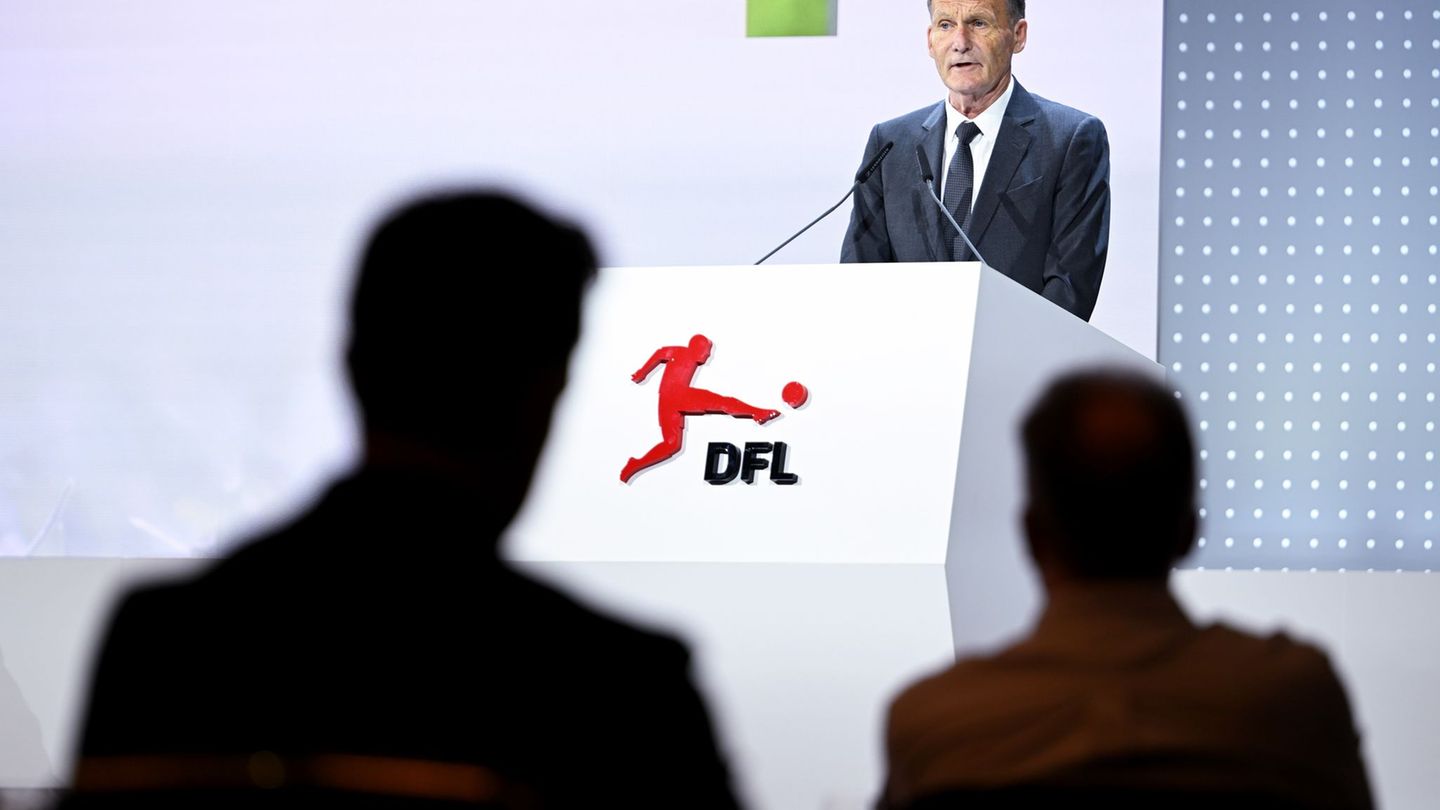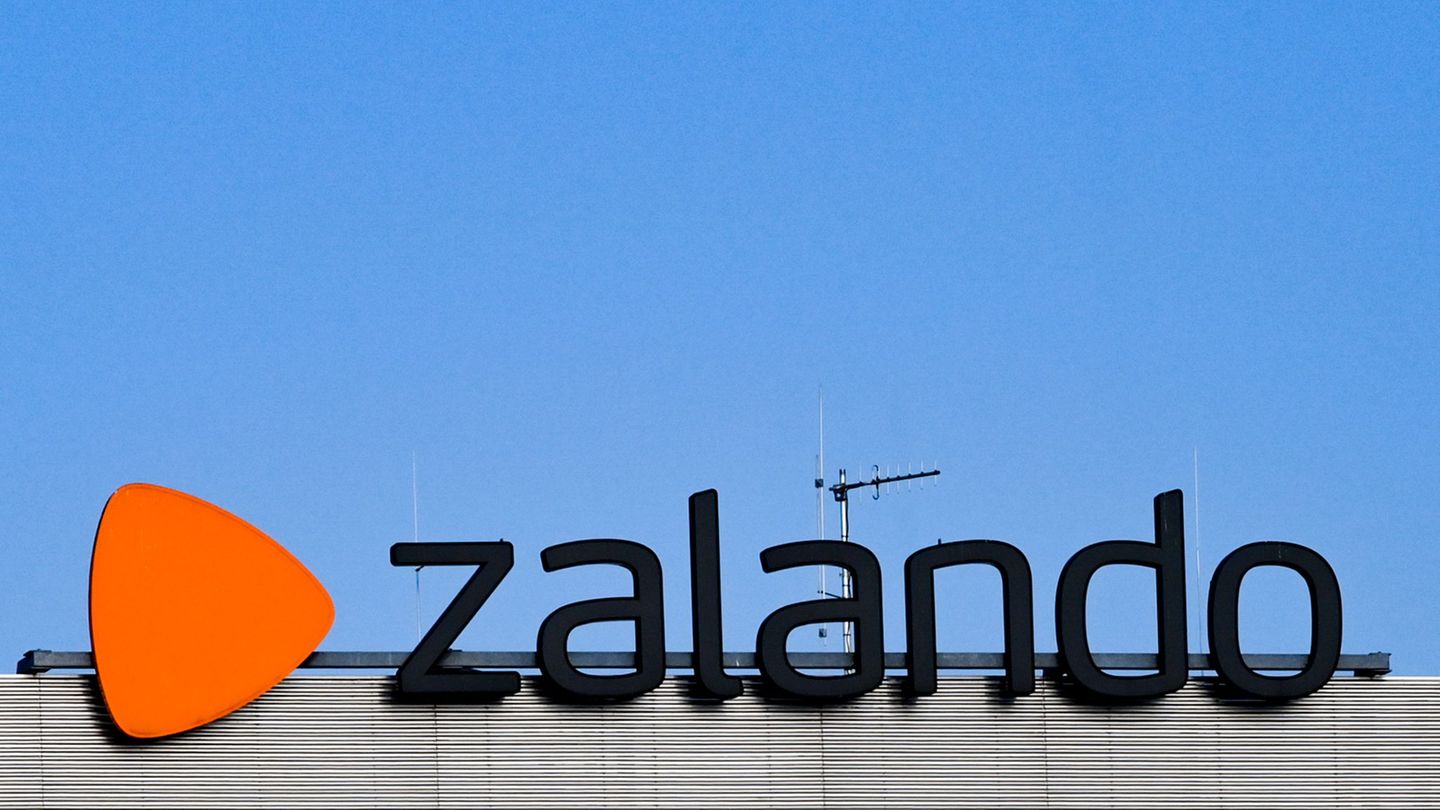Walter Andreozzi, member of the executive committee of the Argentine Industrial Union, mentioned what is the impact on the day-to-day of industrial SMEs. “Highly speculative maneuvers like these, with movements in tiny markets, have an impact from generating uncertainty, and with it, new speculative maneuvers, such as sitting on the stock, or negotiating the sale of production at a dollar closer to blue”, had in dialogue with Ambit.
Camilo Tiscornia, director of C&T Economic Advisors, stated that “There is a context of enormous liquidity in the economy and great mistrust over the issue of the elections.” Tiscornia pointed out “the situation is very complex and that is why the blue dollar continues to rise.” “One could say that the parallel market is small, but if you look at financial dollars like SENEBI, which have more volume, they are also growing,” added the financial analyst.
In the context of instability, it is inevitable that some will look to the convertibility exchange rate. The IERAL, the business school of the Mediterranean Foundation, posted a report in which he points out that “It has not been common in Argentina the existence of exchange gaps above 100% that have lasted for too long.” “In the 1980s there were two moments in which the exchange rate gap exceeded 100%, in the Malvinas War and during hyperinflation, but these were fleeting phenomena,” said IERAL. The entity maintains that “the evolution of the price of the dollar in the free market, now at the $ 200 level, tends to reflect monetary imbalances.” “Comparing the evolution of the Broad Monetary Base with that of the gross reserves of the Central Bank, it appears that at the end of October there were $ 188.1 per dollar when at the end of 2020 that ratio had been $ 131.4 and $ 66 at the end of 2019 ”, indicated the business school of the Mediterranean Foundation.
The rise of the blue also impacts on the consumer’s logic, according to what he said. Damián Di Pace, from Focus Market. “The saver intuits that the value of the dollar is going to be higher, but at the same time a year ago it was $ 195, so it is not that it went up that much, so many what they do is stock up on goods, and that is why strong growth in wholesale sales ”.
Beyond these specific attitudes, the UBA researcher Gabriel Montes carried out an econometric exercise with data on the official exchange rate, the parallel, the gap and inflation, from 2004 to 2020. “Prices follow the official exchange rate, the illustrative example being 2015, when the assumption was that it could be devalued and prices were not going to change because they had followed the blue. And what happened is that inflation was devalued and exploded. The theory says that prices are tied to costs and these are affected by the dollar through imports, which are made to the official “, he claimed.
However, he also assured that there is an “indirect effect”: when the exchange rate gap is very large, reserves are lost, assets in dollars accumulate, financial problems arise and that eventually adjusts the nominal exchange rate, and therefore prices. . “An excessively large gap could never be maintained,” added the economist.
Sergio Morales, president of Wise Capital, gave his opinion days ago, prior to the new record for the blue dollar: The BCRA’s monetary policy is inflationary, since the Base increases when the Reserves fall. Even Monetary Liabilities do the same; which a priori tells us that the devaluation rate should be the same as the cost paid by the BCRA when it places debt. If we think that the exchange rate adjustment rate is 16% per year (so far this year it increases 12% against inflation of 37%) and that the Leliq rate is 38% per year, the dollar should increase 22%, that is, because of the differential.
An exchange adjustment below the rate at which the BCRA remunerates liabilities exhausts the ability to generate profits to transfer to the Treasury. The reasonable thing would be that post elections and until December 2022, the dollar increases between 55% and 60% (22% + 2.25% monthly), which should produce an additional inflation of around 16% to that already observed. If progress is made with an exchange policy of these characteristics, the exchange gap would be drastically reduced. Now, as there is no urgent need to liquidate liabilities, at today’s prices, instead of looking for a wholesale dollar, by the end of next year, in $ 160, well the BCRA could stand in $140 (20% + 1.45% monthly), which would reduce the exchange gap to less than 50% in the first case and around 50% for the second.
In favor of a dollar at $ 140 by the end of 2022 is the agreement with the IMF, which closes or closes. The Government cannot ignore it because the BCRA has scarce reserves and even Kirchner recognizes that the confidence of the private sector must be rebuilt. In addition, an agreement with the agency could imply the arrival of fresh funds for a few u $ s5,000 million. Failure to agree with the Fund can unleash an economic crisis that leads to a victory for the opposition in the 2023 presidential elections, something that the Government recognizes privately.
Carlos Melconian considered that on Monday we have to “think about how this will be solved in 2023, because it will not be solved sooner.”
The economist today analyzed the government’s economic policy and assured that there is a single alternative to go through the next two years without “turning around” since it starts from a base in which “there was never an economic plan”, added “the coronavirus pandemic it didn’t help. “
“If you do not have an economic program and a stabilization plan, you have to become a member of a high but stable rate of inflation, because it helps you to go through liquidation,” Melconian explained today in a dialogue with Radio Rivadavia about what alternatives the Government has before the scenario. to come.
For its part, the consulting firm Delphos Investment estimates that the rate of devaluation will accelerate after the elections. According to the prices that are operated in the Rofex futures market, for December the rise in the nominal dollar-peso exchange rate would be 5.2%, while for January it would rise to 6.2%.
In this way, he would get closer to the $113,2. The increase in wholesaler would slow down the pace in February when a growth of 4.4% is scheduled and in March of 5.3%, which would leave the wholesaler for that date at $ 130.4.
In a column published this week in Ambit, the analyst Salvador Di Stéfano explained why the wholesale dollar at $ 100 is not competitive. And he added: “Internally, it is clear that the Central Bank has no reserves: In December, the IMF must be paid about US $ 1,880 million, that payment will be the one that will leave the country with negative reserves. There is no strong inflow of dollars on the horizon to reverse this scenario, hence the great demand for dollars in the market. “
Source From: Ambito
David William is a talented author who has made a name for himself in the world of writing. He is a professional author who writes on a wide range of topics, from general interest to opinion news. David is currently working as a writer at 24 hours worlds where he brings his unique perspective and in-depth research to his articles, making them both informative and engaging.




